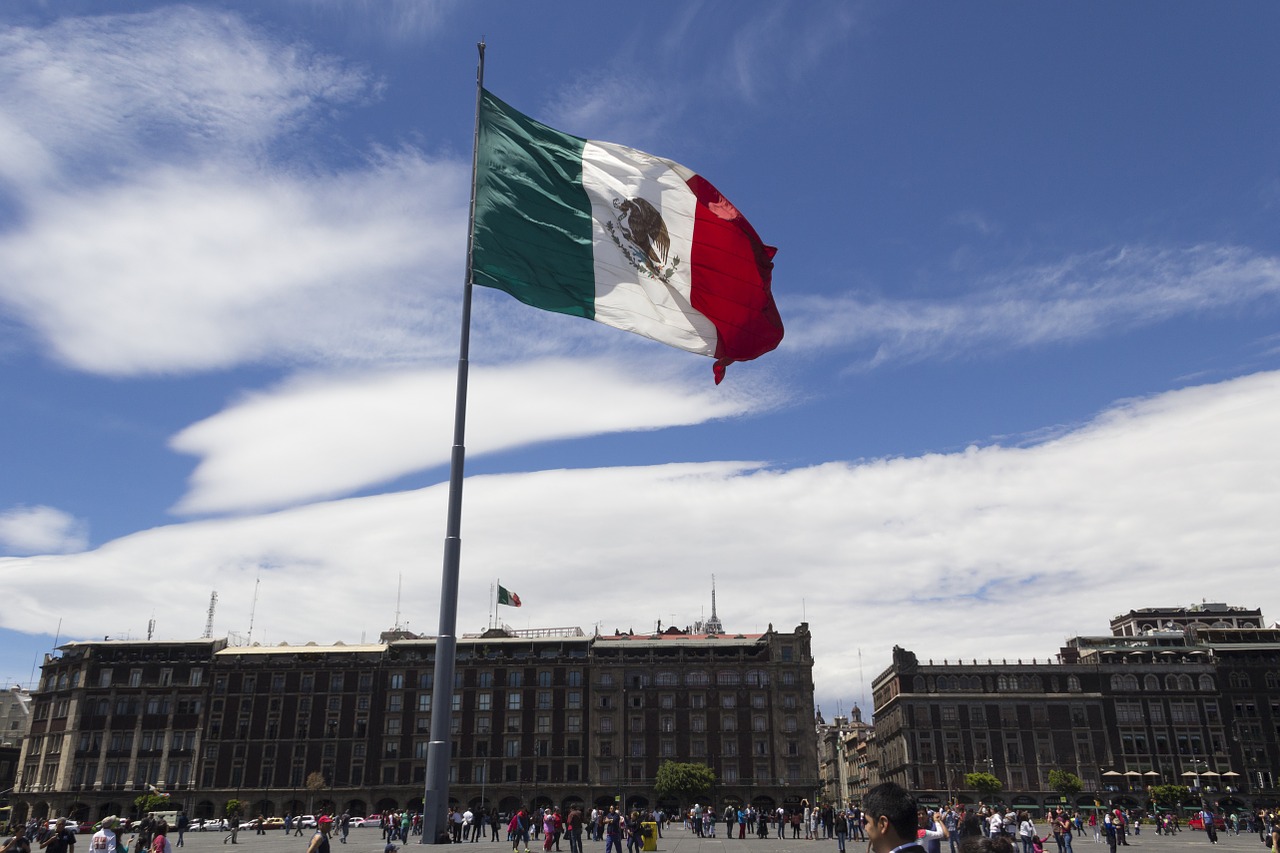Madeleine Ronner (DWS): “Investment In AI Is Saturated, But Not Exhausted”
| By Amaya Uriarte | 0 Comentarios

Technology is a consolidated theme in investors’ portfolios. In the first half of 2025, the so-called Magnificent 7 experienced a sharp correction at the beginning of the year, followed by an AI-driven rebound that mainly benefited Meta, Microsoft, and Nvidia. In the opinion of Madeleine Ronner, a DWS manager specializing in technology, the investors’ response has been clear: although we have not seen a widespread increase in sensitivity to valuations, investors have become more selective. We discussed how to approach technology investment in our latest interview.
Do you think the perception investors have when investing in technology has changed?
The focus is more on cost discipline, AI-driven efficiency improvement, and tangible growth, especially in areas such as infrastructure, automation, and computing. The market is also more critical of how large-scale AI investments will be monetized, particularly given the high investment-to-sales ratios across the sector. That said, speculative behavior remains present, especially in certain parts of the U.S. technology market, as reflected by the growing number of stocks trading at more than 10 times their market value. From our point of view, this reinforces the importance of focusing on critically important technologies with long-term structural relevance, and not only on short-term growth arguments.
Have investors adjusted their portfolios’ exposure to the technology sector?
There has been a slight shift. ETF flows show a rotation away from the U.S. and, therefore, from large U.S. technology companies, and toward European and diversified exposures. Investors are increasingly opting for broader sector allocation strategies that reduce reliance on a few dominant technology stocks, especially as geopolitical risks rise. However, gross exposure to large technology companies remains high.
Have you adjusted your expectations for this sector’s performance?
Our expectations are becoming increasingly differentiated. While the sector as a whole may no longer deliver the broad outperformance of previous years, certain specific segments—such as cutting-edge AI, custom semiconductors, and mission-critical software—still enjoy strong secular tailwinds. We are cautious in areas with inflated multiples and low visibility but continue to see long-term value in enablers of automation, digital resilience, and computing efficiency.
In today’s context of uncertainty, tariffs, and high valuations, what do you consider the best way to approach technology investment now—ETFs, active management, or thematic investing?
In this environment, active management and selective thematic investing present clear advantages. The macroeconomic and geopolitical context—especially tariffs, supply chain adjustments, and tighter regulation—creates dispersion in the market. An active approach can help avoid overpriced or geopolitically exposed names, while thematic strategies (for example, nearshoring, AI infrastructure, sovereignty) can target specific pockets of opportunity.
Over the past 24 months, investors seem to have focused on AI. Do you consider this an area saturated with investors and funds, or do you believe there is still room to launch new funds and channel investment into it?
AI investment is saturated, but not exhausted. While competition is intense and valuations are high, the underlying innovation cycle is still in its early stages. There is room for differentiated strategies, especially those targeting industrial AI, edge computing, and AI infrastructure. The AI hype is real, but the set of opportunities remains broad. While overall exposure to AI may seem saturated, there is still plenty of room for differentiated strategies focusing on vertical AI applications, AI infrastructure, energy efficiency, or AI governance and security. We believe new funds can succeed if they offer genuine specialization or exposure to undercapitalized segments of the AI stack.
What are the technologies of the future that investors should start considering?
In my opinion, several technology areas stand out as critical for evaluating future investments, especially in the context of national resilience and economic competitiveness. AI remains a dominant force, not only as an independent theme but as an enabling element across all sectors. It is worth highlighting that automation is beginning to extend into traditionally under-served sectors, such as pharmaceuticals and food and beverages, supported by AI-driven efficiencies.
Semiconductor manufacturing and equipment is another area of strategic importance. We are particularly focused on the long-term development of U.S. manufacturing capacity, which aims to reduce dependence on Taiwan and strengthen domestic supply chains. In our case, defense and dual-use technologies are a cornerstone of our strategy, as is cybersecurity, especially as nations prioritize digital sovereignty and the protection of critical infrastructure. The sector continues to evolve rapidly, with growing importance in both the public and private spheres.
We also see attractive opportunities in energy infrastructure and grid modernization, which are essential for energy security and the transition to more sustainable systems. In this area, battery technology is especially promising, with recent advances suggesting transformative potential in energy storage and distribution.
In the current context of uncertainty and tariff wars, which parts of the technology sector are most exposed?
Consumer electronics and automobiles, due to supply chain dependence and specific tariffs, as well as semiconductors, especially those reliant on Asian manufacturing or with significant sales to Asian markets.
What could this mean for investors, and how can they protect themselves against this risk?
To build a resilient and forward-looking portfolio, it is essential to diversify both geographically and across relevant subsectors. Priority should be given to companies that demonstrate strong local production capacity and robust, adaptable supply chains. Moreover, the use of active investment strategies can help avoid overexposure to specific securities or concentrated risks. We have a bottom-up fundamental approach, and in my selection I am currently placing great emphasis on pricing power, as well as strong management teams capable of navigating this volatile and changing environment and addressing supply chain challenges.









